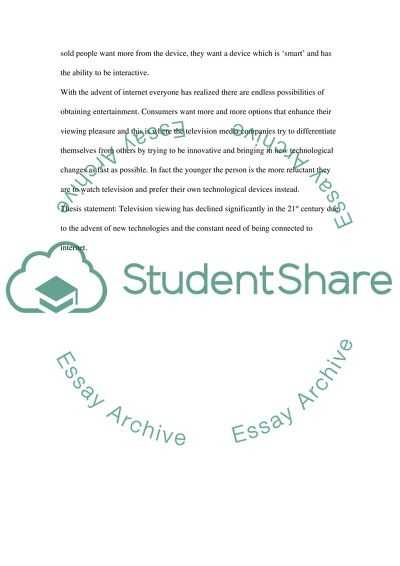Cite this document
(“Is Television still considered a dominant form of entertainment in the Research Paper”, n.d.)
Retrieved from https://studentshare.org/english/1436440-is-television-still-considered-a-dominant-form-of
Retrieved from https://studentshare.org/english/1436440-is-television-still-considered-a-dominant-form-of
(Is Television Still Considered a Dominant Form of Entertainment in the Research Paper)
https://studentshare.org/english/1436440-is-television-still-considered-a-dominant-form-of.
https://studentshare.org/english/1436440-is-television-still-considered-a-dominant-form-of.
“Is Television Still Considered a Dominant Form of Entertainment in the Research Paper”, n.d. https://studentshare.org/english/1436440-is-television-still-considered-a-dominant-form-of.


